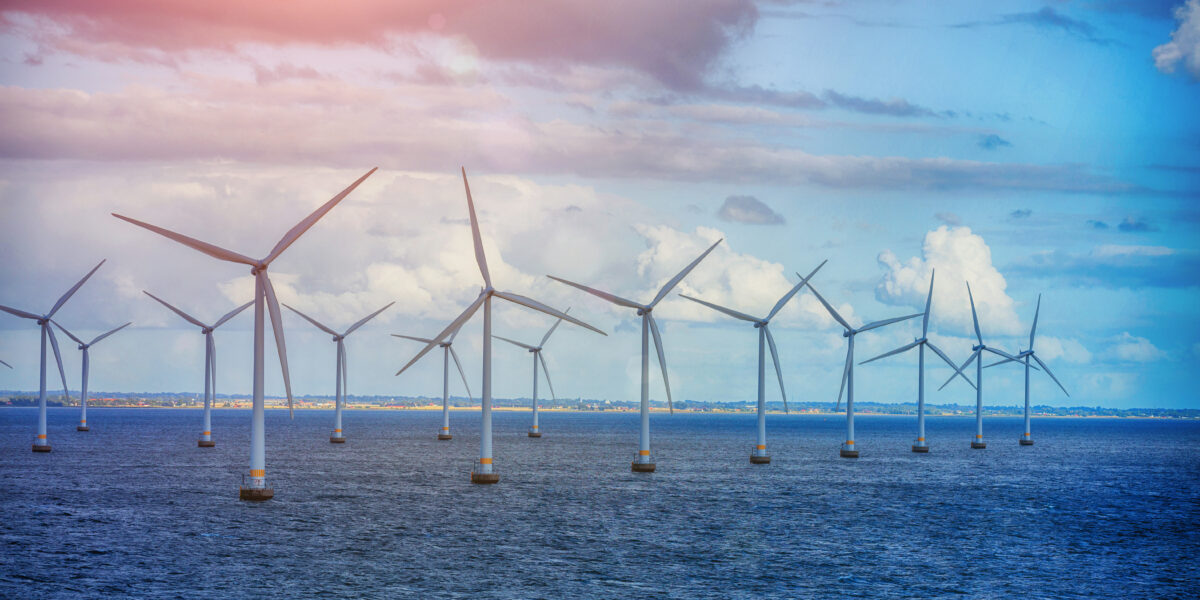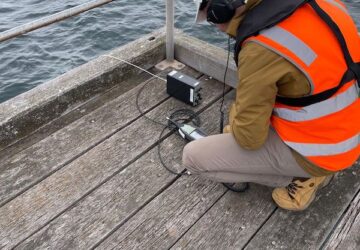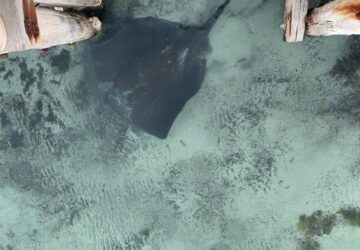
Whales vs Wind
An offshore wind farm is planned to be constructed near Kingston, South Australia, which could potentially power up to 400 000 South Australian homes.
The Advertiser published an article on Saturday 9 October titled Wind Farm Opponents Ask: What About the Whales? discussing an issue that is important to all of us.
Offshore wind harnessing has the potential to contribute positively in many ways. Not only does it produce clean energy, but it also provides higher capacity factors and diversity when considering our future needs for an energy superpower.
‘The advantages that Australia’s offshore wind can bring through higher capacity factors, a diverse energy supply that complements solar and onshore wind along and employment opportunities cannot be underestimated.’
Building offshore— as opposed to on land— means that the equipment can be built larger and have a lot more scope for energy collection. Plus, there tends to be greater volume and stronger wind off land. Which is better for the environment if we are not relying on fossil fuels so much.
Not just great for our carbon footprint and a more reliable energy source, but it has the potential to develop into a significant source of maritime employment.
Some opponents of the wind farm are touting that it could cause damage and disruption for the local whale population.
It’s an altruistic and understandable concern. And there are always going to be risks. But these days, there is strengthening scientific evidence and high-quality research undertaken around the concern of underwater noise impacts of marine life.
In fact, it has even been purported that offshore wind farms can help marine environments . ‘…one important effect of offshore wind farms is that they act as marine preservation areas, because fishing and bottom trawling is not allowed for safety reasons. So these areas can support greater biodiversity than unprotected areas.’
There is plenty of project experience and assessment methodology that focuses on keeping marine life as safe and well as possible whilst still constructing important structures that will contribute to a better and more sustainable environment for all.
It’s important to remember that there are certain protections in place. Specifically, the Environment Protection and Biodiversity Conservation Act1999 (the EPBC Act) is the central piece of environmental legislation relevant to assessments of impacts on marine fauna in Australia. As well as specific additional legislative requirements in individual jurisdictions. Not only that, but whales are a commonwealth protected species, so any organisation in violation of the above act has to face commonwealth action, so it’s unlikely they will directly contravene the requirements. In the case of the new offshore wind farm, it’s expected that these issues have been considered, and they have a developing management approach to mitigate potential risks.
There are actions that can be taken to help take care of our marine life. As a leading consulting firm, we often advise the following for marine projects:
- avoiding works during peak whale migration season
- observation of tidal systems
- soft starts
- bubble curtains
- and marine mammal shut down zones.
In summary, it’s not as alarming and damaging to marine life as you may first think. Provided professional recommendations, mitigations and guidelines are followed, the marine wildlife is safer and less disturbed. And there is multiple— and continuing— research that we base this position on.
Resonate Consultants are specialists in underwater acoustics and have experience developing guidelines for the management of underwater noise impacts upon marine fauna for the South Australian government.
To learn more about underwater guidelines and recommendations, please speak to one of our consultants today.




